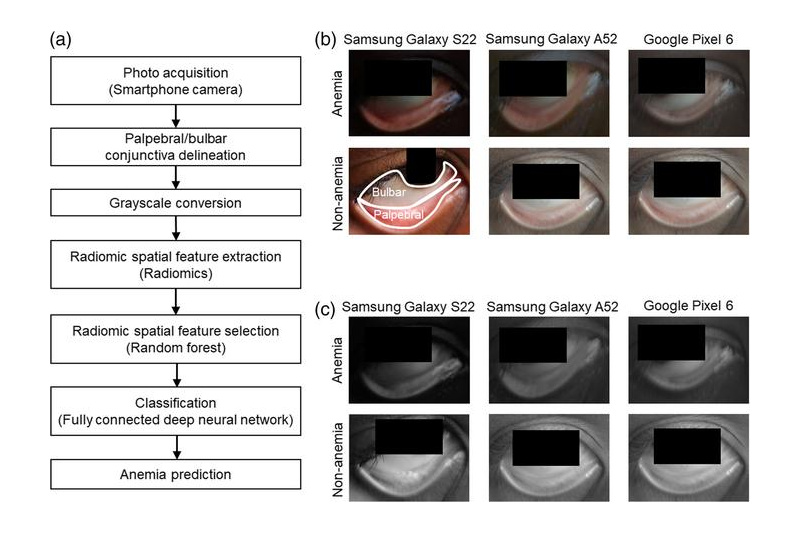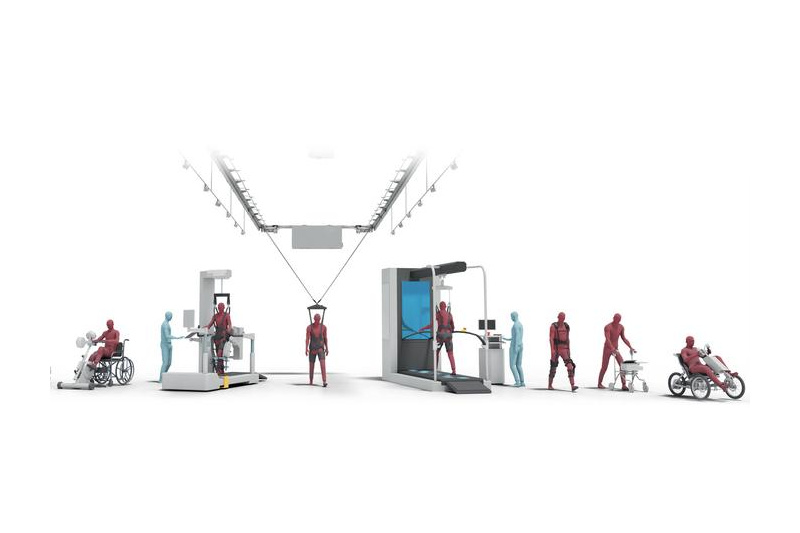
The precise excision of tumours is a key and formidable part of oncological surgery. For example, up to 35% of surgical operations for breast cancer result in positive margins, which show that there are cancerous cells in the area around the removed tissue. This increases the risk of cancer recurrence and often leads to repeated surgeries. Before surgery, imaging techniques like ultrasonography are helpful, but during the process, they frequently fail to clearly define the boundaries of the tumour. The…

Engineers have harnessed quantum physics to detect the presence of biomolecules without the need for an external light source, overcoming a significant obstacle to the use of optical biosensors in healthcare and environmental monitoring settings Optical biosensors use light waves as a probe to detect molecules, and are essential for precise medical diagnostics, personalized medicine, and environmental monitoring. Their performance is dramatically enhanced if they can focus light waves down to the nanometer scale – small enough to detect proteins…

What if people could detect cancer and other diseases with the same speed and ease of a pregnancy test or blood glucose meter? Researchers at the Carl R. Woese Institute for Genomic Biology are a step closer to realizing this goal by integrating machine learning-based analysis into point-of-care biosensing technologies. The new method, dubbed LOCA-PRAM, was reported in the journal Biosensors and Bioelectronics and improves the accessibility of biomarker detection by eliminating the need for technical experts to perform the image analysis….

The ingestible capsule forms a drug depot in the stomach, gradually releasing its payload and eliminating the need for patients to take medicine every day. CAMBRIDGE, MA — For many patients with schizophrenia, other psychiatric illnesses, or diseases such as hypertension and asthma, it can be difficult to take their medicine every day. To help overcome that challenge, MIT researchers have developed a pill that can be taken just once a week and gradually releases medication from within the stomach….

ITHACA, N.Y. – A new material developed at Cornell University could significantly improve the delivery and effectiveness of mRNA vaccines by replacing a commonly used ingredient that may trigger unwanted immune responses in some people. Thanks to their ability to train cells to produce virus-killing proteins, mRNA vaccines have gained popularity over the last five years for their success in reducing the severity of COVID-19 infection. One method for delivering the mRNA to cells is by packaging it inside fatty…

Neuroscientists and materials scientists have created contact lenses that enable infrared vision in both humans and mice by converting infrared light into visible light. Unlike infrared night vision goggles, the contact lenses, described in the Cell Press journal Cell on May 22, do not require a power source—and they enable the wearer to perceive multiple infrared wavelengths. Because they’re transparent, users can see both infrared and visible light simultaneously, though infrared vision was enhanced when participants had their eyes closed….

A research paper by scientists at Zhejiang University presented . The research paper, published on Apr. 11, 2025 in the journal Cyborg and Bionic Systems. Laparoscopic surgery for early gastric cancer has gained global popularity due to its notable short-term benefits and comparable oncological prognosis to open surgery. However, accurately locating early gastric cancer during laparoscopic surgery remains a challenge, as these tumors are limited to the mucous and submucosal membranes, making them undetectable through gross analysis of the serosa…

It is now possible to obtain three-dimensional, high-resolution images of enzyme activity in tissue samples or whole organs—thanks to probe molecules that anchor fluorescent dyes within tissue as they are activated by enzymes. The organ being mapped is made transparent by a clearing process. As a Japanese team reported in the journal Angewandte Chemie, this allowed for visualization of differences in aminopeptidase N activity and the effects of inhibitors in mouse kidneys. Enzymes play a crucial role in regulating physiological…

A Kobe University team was able to edit the DNA of Lactobacillus strains directly without a template from other organisms. This technique is indistinguishable from natural variation and enabled the researchers to create a strain that doesn’t produce diabetes-aggravating chemicals. Humans have improved the microorganisms we rely on for millennia, selecting variants that are better able to produce wine, yogurt, natto and many other products. More recently, direct genetic modification has emerged as a tool to exert more precise and…

Noninvasive method detects anemia in children by analyzing smartphone photos of the eye’s conjunctiva Anemia, a condition marked by low levels of hemoglobin in the blood, affects nearly 2 billion people worldwide. Among them, school-age children in low- and middle-income countries are particularly vulnerable. Left untreated, anemia in children can interfere with growth, learning, and overall development. Detecting the condition early is essential, but standard diagnostic methods require blood samples and lab equipment—resources that are often unavailable in low-income areas….

Designed by University of Missouri researchers, the device includes AI technology to detect potential heart problems with over 90% accuracy, making it a promising tool for at-home monitoring When we move, it’s harder for existing wearable devices to accurately track our heart activity. But University of Missouri researchers found that a starfish’s five-arm shape helps solve this problem. Inspired by how a starfish flips itself over — shrinking one of its arms and using the others in a coordinated motion…

A pan-Canadian team has developed a new way to quickly find personalized treatments for young cancer patients, by growing their tumours in chicken eggs and analyzing their proteins. The team, led by researchers from the University of British Columbia and BC Children’s Hospital Research Institute, is the first in Canada to combine these two techniques to identify and test a drug for a young patient’s tumour in time for their treatment. Their success in finding a new drug for the…

Life’s essential functions are powered by a set of compounds called metabolites, which are involved in every natural process including producing energy, regulating cell activity and keeping the body’s systems in balance. Tracking these molecules offers a window into the onset and status of many diseases, overall health, response to treatment and the intricate workings of biological systems. However, today’s metabolite sensing methods fall short. Most rely on resource-intensive lab tests that give only brief snapshots from isolated samples. The…

New technology promises to make minimally invasive surgery simpler, safer, and more precise Researchers from NYU Abu Dhabi’s Advanced Microfluidics and Microdevices Laboratory (AMMLab) have developed an innovative sensing system that restores the missing tactile feedback in minimally invasive surgery (MIS), enhancing precision, ease of use, and safety. The new “off-the-jaw” system integrates force and angle sensors into the handle of laparoscopic tools, providing surgeons with real-time measurements of grasping forces and insights into tissue stiffness and thickness. Minimally invasive…

Spinal cord injuries are life-altering, often leaving individuals with severe mobility impairments. While rehabilitation robotics—devices that guide movement during therapy—have improved training for those with spinal cord injuries, their effectiveness remains limited. Without active muscle engagement, robotic-assisted movement alone does not sufficiently retrain the nervous system. A team at .NeuroRestore, led by Grégoire Courtine and Jocelyne Bloch, has now developed a system that seemlessly integrates an implanted spinal cord neuroprosthesis with rehabilitation robotics. The researchers’ device delivers well-timed electrical pulses…

Scientists at St. Jude Children’s Research Hospital used positron emission tomography (PET) with edaravone, a drug used to treat ALS, to detect oxidative stress Positron emission tomography (PET) is a nuclear imaging technique used to diagnose conditions such as cancer. An innovative advance from scientists at St. Jude Children’s Research Hospital is enhancing the technique’s ability to check for signs of neurological disease. The researchers repurposed the drug edaravone, an antioxidant used to treat amyotrophic lateral sclerosis (ALS), as a probe to…